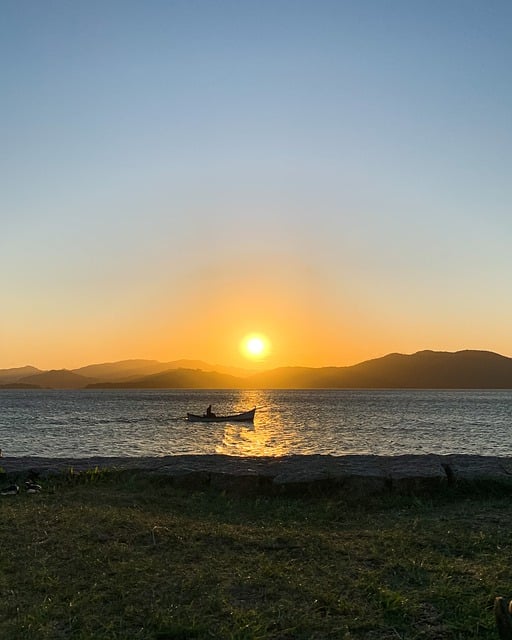An outdoor pond or waterfall's longevity is best ensured by selecting durable materials like high-quality concrete with fiberglass reinforcement, which are resistant to weather and less likely to crack compared to traditional cast stone or clay. Rubberized EPDM liners provide a flexible, UV-resistant, and temperature-stable solution that maintains a watertight seal without significant degradation over time. For those seeking a balance between durability and cost, polyethylene liners are an adaptable option that resists environmental factors and minimizes maintenance, making them suitable for both predefined and custom designs. These liners also offer a seamless construction to prevent leaks and support aquatic life year-round. Overall, the use of robust materials and reliable liner systems along with effective filtration is key to creating an outdoor pond or waterfall that remains visually captivating and enduring in any outdoor setting.
When designing an outdoor pond or waterfall, selecting durable materials is paramount for longevity and aesthetic appeal. This article explores the various options available for constructing long-lasting aquatic features, ensuring your investment endures. From the resilience of concrete to the modern elegance of fiberglass, and the versatility of polyethylene liners, each material offers unique benefits tailored to different outdoor pond needs. Additionally, we’ll delve into eco-friendly solutions like natural stone that not only enhance biodiversity but also create a harmonious blend with the surrounding environment. The focus is on sustainable and durable design for your outdoor waterfall landscape.
- Assessing Durability: Choosing Long-Lasting Materials for Outdoor Ponds and Waterfalls
- Concrete and Fiberglass: The Longevity of Traditional and Modern Pond Constructions
- The Advantages of Polyethylene Liners for Versatile and Resilient Outdoor Ponds
- Eco-Friendly Solutions: Natural Stone and Biodiversity in Your Outdoor Waterfall Landscape
Assessing Durability: Choosing Long-Lasting Materials for Outdoor Ponds and Waterfalls
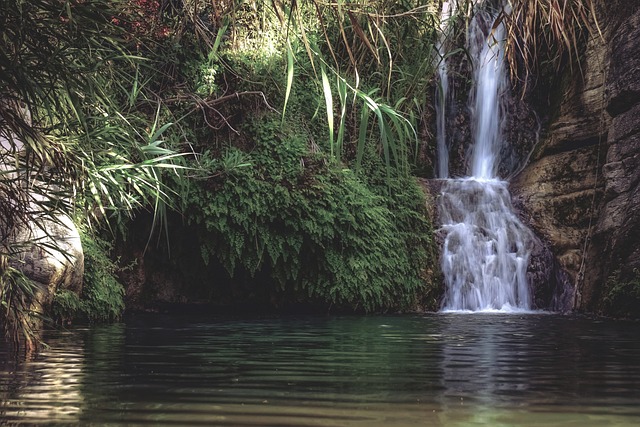
When constructing an outdoor pond or waterfall that is designed to withstand the test of time, selecting durable materials is paramount. The longevity of such a feature hinges on the resilience of the materials used. High-quality concrete and precast concrete elements are often recommended for their strength and longevity in outdoor settings. These materials can endure extreme weather conditions and resist cracking, which is common with less durable options like standard cast stone or clay liners. Additionally, the use of fiberglass reinforcement within concrete significantly enhances its durability and resistance to water pressure, making it an ideal choice for building long-lasting outdoor ponds and waterfalls.
Furthermore, the choice of liner material is also crucial in ensuring a pond’s longevity. Rubberized EPDM (Ethylene Propylene Diene Monomer) liners are favored for their flexibility, UV resistance, and ability to withstand temperature fluctuations without degrading. These liners provide a reliable waterproof barrier that can last for decades, reducing the need for frequent repairs or replacements. When combined with durable materials like concrete and appropriate filtration systems, an outdoor pond or waterfall can be a centerpiece of beauty and tranquility that remains a focal point for years to come.
Concrete and Fiberglass: The Longevity of Traditional and Modern Pond Constructions
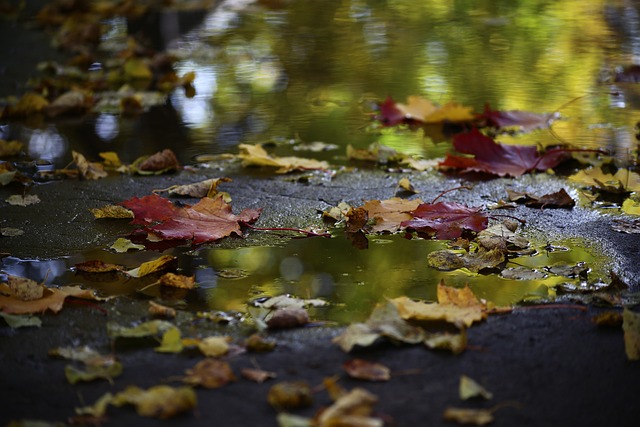
When constructing an outdoor pond or a cascading outdoor waterfall that stands the test of time, the choice of materials plays a critical role in ensuring its longevity and aesthetic appeal. Traditional pond construction often employs concrete as a primary building material due to its strength and durability. Concrete’s ability to withstand a variety of environmental stressors makes it an ideal choice for creating stable, long-lasting structures that can house aquatic life and feature intricate waterfall designs. Its malleable nature allows for customization to fit unique landscapes and design preferences, ensuring the pond seamlessly integrates into its surroundings.
In contrast to concrete’s tried-and-true formula, modern pond constructions frequently utilize fiberglass as an alternative material. Fiberglass is celebrated for its lightweight composition, which reduces labor costs and complications during installation. This material also possesses a resistance to corrosion from mineral deposits and chemicals typically found in water treatment, making it an excellent choice for long-term maintenance-free enjoyment of outdoor ponds and waterfalls. Additionally, fiberglass’s smooth surface is less susceptible to algae growth, which can sometimes be an issue with concrete surfaces. This contributes to the overall clarity and beauty of the water feature, ensuring it remains a focal point in any garden or outdoor space for years to come.
The Advantages of Polyethylene Liners for Versatile and Resilient Outdoor Ponds
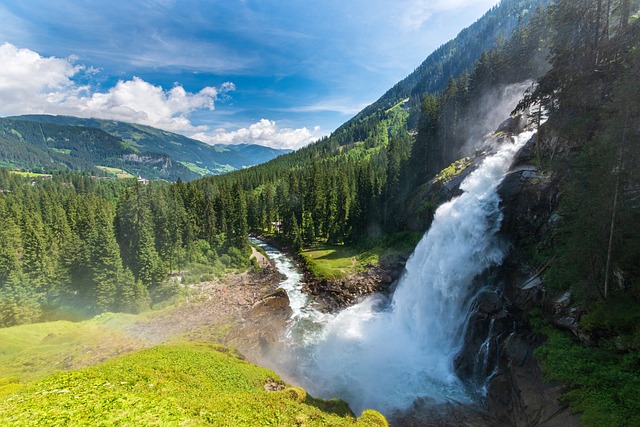
polyethylene liners offer a cost-effective and versatile solution for constructing durable, long-lasting outdoor ponds. Their flexibility allows for easy installation in various shapes and sizes, accommodating both conventional and custom designs. The resilience of polyethylene means that these liners can withstand environmental stresses such as temperature fluctuations and UV exposure, ensuring the integrity of your outdoor waterfall and pond year-round without degrading over time. Additionally, the seamless nature of these liners minimizes leaks and reduces maintenance, providing a dependable environment for aquatic life to thrive. Their lightweight composition also makes them simple to handle during installation, making them an ideal choice for both DIY enthusiasts and professional landscapers alike who aim to create a serene and enduring outdoor pond or waterfall feature in their outdoor spaces.
Eco-Friendly Solutions: Natural Stone and Biodiversity in Your Outdoor Waterfall Landscape
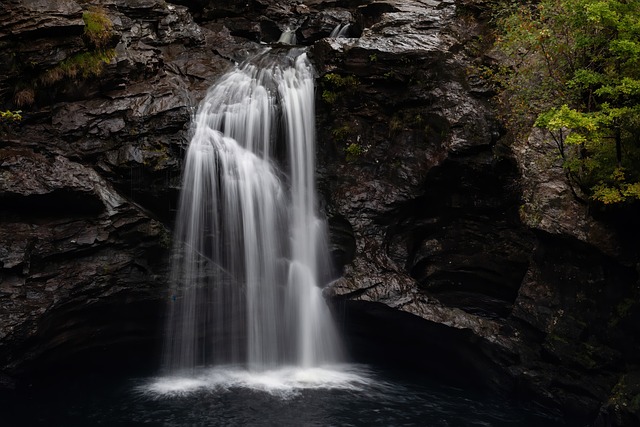
When integrating eco-friendly solutions into your outdoor pond and waterfall landscape, natural stone emerges as a top choice for durable, sustainable materials. The use of locally-sourced stone not only contributes to reduced transportation emissions but also blends harmoniously with the surrounding environment. These stones are weather-resistant and provide a sturdy foundation that supports the long-term integrity of the pond and waterfall structure. Moreover, the rough textures and varied hues of natural stone contribute to a visually appealing and realistic outdoor oasis, mirroring nature’s own design.
Incorporating natural stone into your outdoor pond and waterfall enhances biodiversity by creating microhabitats for various aquatic and terrestrial species. The porous nature of stone allows for the infiltration of rainwater, which supports groundwater recharge and nourishes plant life around the pond. This ecosystem service promotes a thriving environment where wildlife can flourish, contributing to the overall health and sustainability of your outdoor space. By selecting materials that resonate with the natural world, you can achieve an outdoor pond that is both aesthetically pleasing and ecologically sound.
When constructing an outdoor pond or waterfall, the choice of materials plays a pivotal role in ensuring its longevity and aesthetic appeal. The article has explored various durable materials suitable for creating long-lasting water features, from concrete and fiberglass to eco-friendly natural stone options that foster biodiversity. Polyethylene liners present an additional advantage for those seeking a versatile and resilient solution. Ultimately, the best material for your outdoor pond or waterfall will depend on your specific needs, climate considerations, and design preferences. By carefully assessing the durability of materials and considering environmental impact, you can achieve a serene and enduring water feature that complements your outdoor space for years to come.
